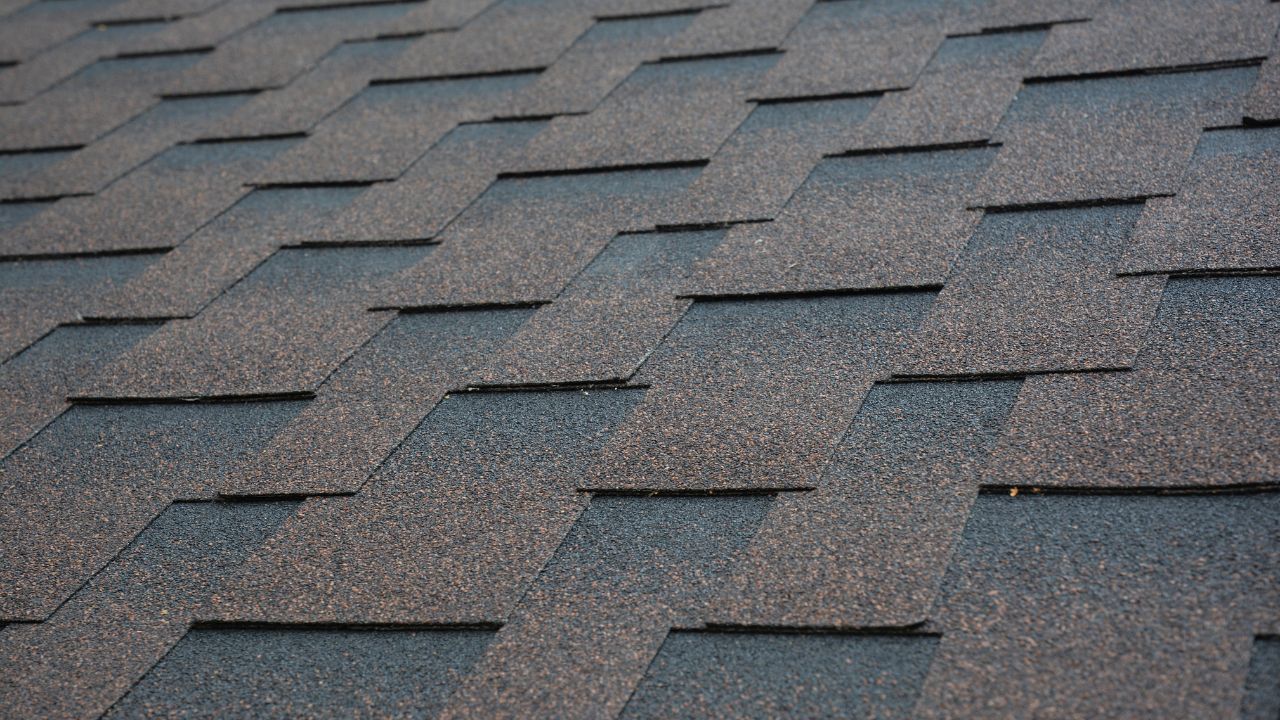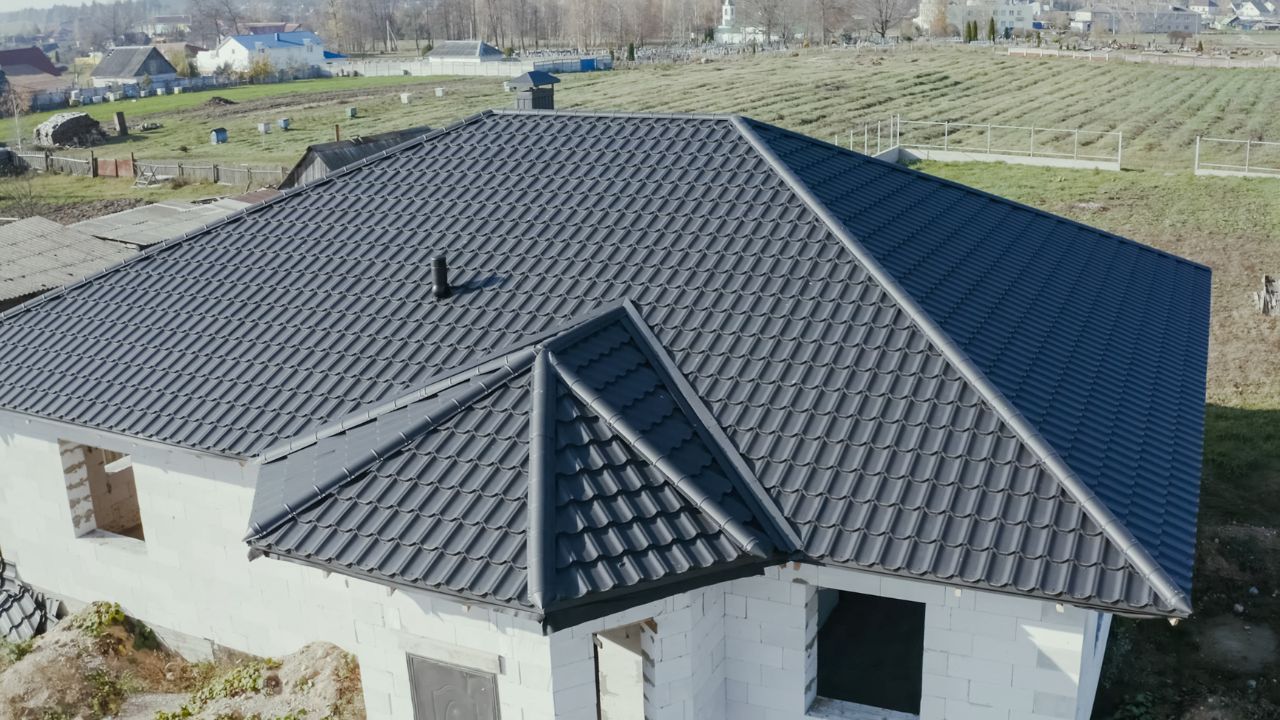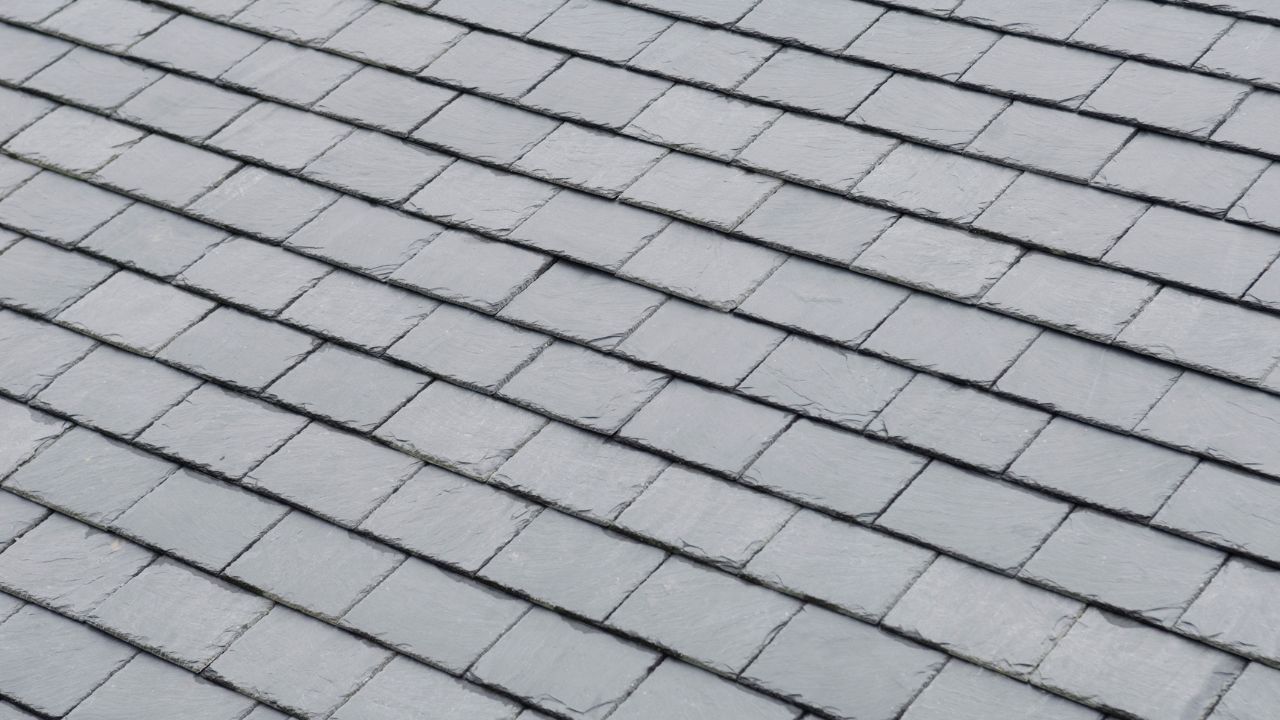Key Takeaways:
- Saves money now, and costs more later. Adding new shingles over old ones cuts labor and disposal costs. However, hidden damage can lead to expensive repairs.
- Two layers max—no more. Most building codes only allow two shingle layers. More than that risks roof damage.
- Faster install, shorter lifespan. A roof overlayAdding new layers on top of existing commercial roof structures. gets done quicker but won’t last as long as a full replacement.
- Warranties may be voided. Many shingle manufacturers won’t cover roofs with extra layers. Always check first.
- Full replacement is usually better. A tear-offComplete removal of old roofing materials before new installation. gives you a fresh start, better looks, and no hidden problems.
So, your asphalt shingleCommon residential roofing material made from fiberglass and asphalt. roof is looking a little worse for wear, and you’re considering your options. One question that comes up a lot is whether you can just slap a new layer of shingles over the old ones instead of tearing everything off. It sounds easier, cheaper, and faster—but is it the right move?
Let’s break down the pros and cons of layering shingles so you can decide what’s best for your home.
The Pros of Layering Shingles
1. Cost Savings (Who Doesn’t Love That?)
One of the biggest reasons people choose roof overlay is the money they save. A complete tear-off means paying for labor costs, disposal costs, and sometimes even repairs to the roof deckStructural surface to which roofing materials are applied.. Adding a new layer of asphalt shingles skips a lot of that.
You’re basically cutting out the demo and cleanup, which can be a huge chunk of the bill.
2. Faster Installation
Since there’s no need to strip off the current roof, the job gets done quicker. Less time on the roof means less disruption to your daily life—no endless hammering or dumpsters sitting in your driveway for days.
3. Less Mess
Tearing off old shingles creates a ton of debris. Nails, broken shingles, and worn-out underlayment end up everywhere. With a roof overlay, the mess is minimal.
4. Extra Protection (Sometimes)
A second layer of shingles can add an extra barrier against rain, wind, and sun. If your single layer is still in decent shape, another one on top might buy you a few more years before a complete roof replacementComplete reinstallation due to unrepairable storm damage. is needed.
The Cons of Layering Shingles
Now, before you get too excited about the savings and convenience, there are some serious downsides to consider.
1. Additional Weight on Your Roof
Your roof structureThe complete framework supporting the roof covering and load. wasn’t designed to hold unlimited layers of roofing materials. Most building codes only allow two layers max—and some don’t even permit that.
Too much extra weight can strain the roof decking, leading to structural issues or even collapse in extreme cases.
2. Hiding Underlying Problems
When you skip the tear-off, you also skip the chance to inspect the roof deck for damage. Rot, mold, or weak spots could be lurking underneath, and covering them up just delays costly repairs later.
3. Shorter Lifespan
A layer of shingles over an old one won’t last as long as a brand-new installation. The uneven surface underneath can cause premature wear, meaning you might need another roof repair or replacement sooner than expected.
4. Voided Warranties
Many manufacturers won’t honor the shingle warranty if their product is installed over an existing layer. The same goes for workmanship warrantyContractors guarantee for installation quality. from roofing contractors. If something goes wrong, you could be stuck footing the bill.
5. Looks Bulkier and Less Clean
Let’s be honest—a roof with two shingle layers just doesn’t look as sharp. The edges can appear lumpy, and the overall finish might not be as smooth as a fresh install.
Re-RoofingInstalling a new roof layer over the existing one. vs Tear-Off: What’s Better?
This is the million-dollar question. The answer? It depends.
- If your current roof only has one layer, is in decent shape, and meets local building codes, adding another might be a reasonable short-term fix.
- If there are already two layers, signs of water damage, or sagging, a complete replacement is the only safe option.
Always get an inspection report from a reputable roofing contractorLicensed professional specializing in roof installation and repair. before deciding.
What Illinois Homeowners Should Know
Illinois weather can be brutal—freezing winters, heavy storms, and scorching summers all take a toll on asphalt shingles. Here’s what matters for local homeowners:
- Building codes in many Illinois areas limit shingle layers to two. Some insurance companies may even refuse coverage if you exceed that.
- A roof leakUnintended water entry point due to storm or deterioration. hidden under an extra layer can lead to major water damage if not caught early.
- Roofing experts in Illinois often recommend a complete tear-off for long-term durability, especially with architectural shinglesLaminated asphalt shingles with enhanced texture and wind resistance., which are heavier.
When Layering Might Be Okay
There are cases where a roof overlay makes sense:
- Your single layer is still in good condition with no major issues.
- You’re planning to sell soon and just need a quick fix.
- The budget is tight, and you need a temporary solution.
But even then, consult a roofing professional first.
When a Full Replacement Is the Way to Go
Most of the time, a complete roof replacement is the smarter investment. Here’s why:
- You get a fresh start with no hidden surprises.
- New asphalt shingles last longer and perform better.
- You maintain warranty coverage.
- Your home’s curb appeal improves.
What Advanced Roofing Inc. Recommends
At Advanced Roofing Inc., we believe in doing the job right. While layering shingles can save money upfront, we usually suggest a complete tear-off for the best results.
Why? Because we’ve seen too many potential issues from shortcuts—uneven surfaces, trapped moisture, and structural issues that cost more down the road.
If you’re in Illinois and weighing re-roofing vs tear-off, give us a call. We’ll check your roof structure, explain your options, and give you an honest recommendation—no pressure, just straight talk.
And hey, if you decide on a full replacement, we’ve got top-quality asphalt shingles and metal roofingDurable roofing system made from materials like steel, aluminum, or copper. options that’ll keep your home protected for decades.
So, before you decide on that extra layer, think long-term. A little more investment now could save you a lot of headaches later.
There you go—everything you need to know about layering shingles pros and cons in plain, easy-to-understand terms. Still have questions? Hit us up at Advanced Roofing Inc.—we’re always happy to help!






